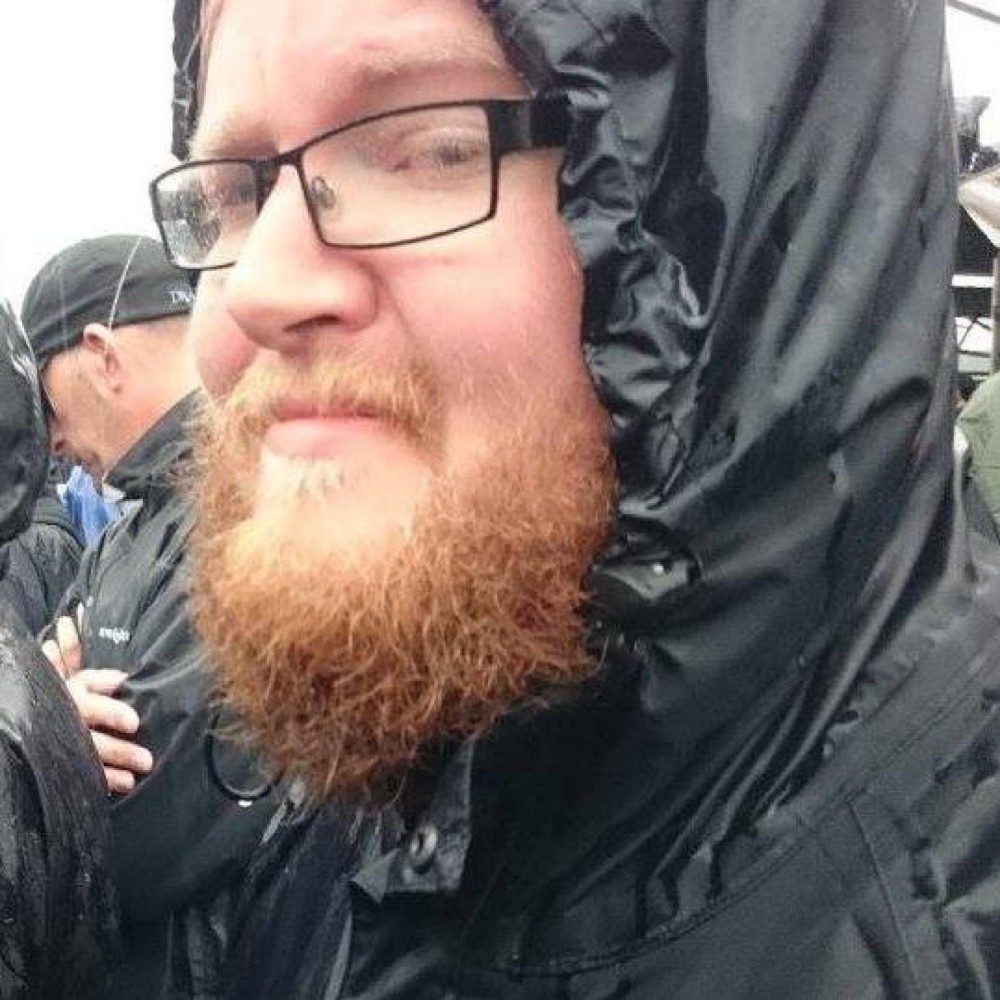Summer is the season of shooting stars and tonight's Alpha Capricornids meteor shower is another ongoing event that you don?t want to miss. Although the shower will provide a handful of meteors per hour, those visible can be bright fireballs ? meteors that are far brighter than others.
Unfortunately, thanks to a near-full Moon, viewing conditions this year will be poor. However, there are ways of increasing your chances of a sighting ? find out more below.
And if you?re looking for other showers to view, including the ongoing Perseid meteor shower, it?s worth checking out our meteor shower calendar for the key dates.
When can you see the Alpha Capricornids meteor shower 2023?
The Alpha Capricornids meteor shower will peak before dawn on 30 July 2023. Shooting stars will be visible from the shower until 15 August.
Any visible shooting stars will appear as slow yellow fireballs across the night sky. As the shower's peak falls two days before the next full Moon, viewing conditions at the peak will not be optimal.
Another meteor shower, the Delta Aquariids, is also set to peak on 30 July, sending up to 25 meteors across the night sky per hour. But, just like the Alpha Capricornids, many of the shooting stars are likely to be drowned out by light from the full Moon.
How can I see the Alpha Capricornids meteor shower?
To see the Alpha Capricornids meteor shower, you need to gaze up into the sky before dawn, in a dark and clear area devoid of light pollution.
As shooting stars could be visible at any point in the night sky, we recommend you don?t use any equipment to look up ? tools such as binoculars and telescopes will narrow your field of view far too much compared to the naked eye. You need to see as much of the sky as possible for optimal meteor viewing.
Other useful tips include checking the weather forecast for cloud coverage (more clouds means worse meteor shower watching), putting aside 15-20 minutes to adjust your eyes to the dark, and being prepared with something warm to wear and/or drink.
What is a meteor shower?
A meteor shower takes place when the Earth passes through a stream of debris left behind by a comet. When the dust and rocks of that debris make contact with the Earth?s atmosphere is when we see those shooting lines and streaks in the sky.
The debris typically comes off a comet as it orbits the Sun, with the heat from our star melting ice and breaking pieces of rock off, leaving a stream of dust in its wake. A meteor shower?s peak takes place when the Earth passes through the densest part of the dust stream left behind by a comet.
In terms of the Alpha Capricornids meteor shower, the debris that burns up in the Earth?s atmosphere comes from the 169P/NEAT comet. Astronomers believe that the Alpha Capricornids meteor shower will become a yearly shower that?s stronger than any other between the years 2220 and 2420.
How many meteors will be in the sky?
You should see up around five meteors an hour during the Alpha Capricornids meteor shower. This is a very low hourly rate compared to other meteor showers this year ? for comparison, the Perseid meteor shower, set to peak on 12 August 2023, has an hourly rate of 100.
Read more:
